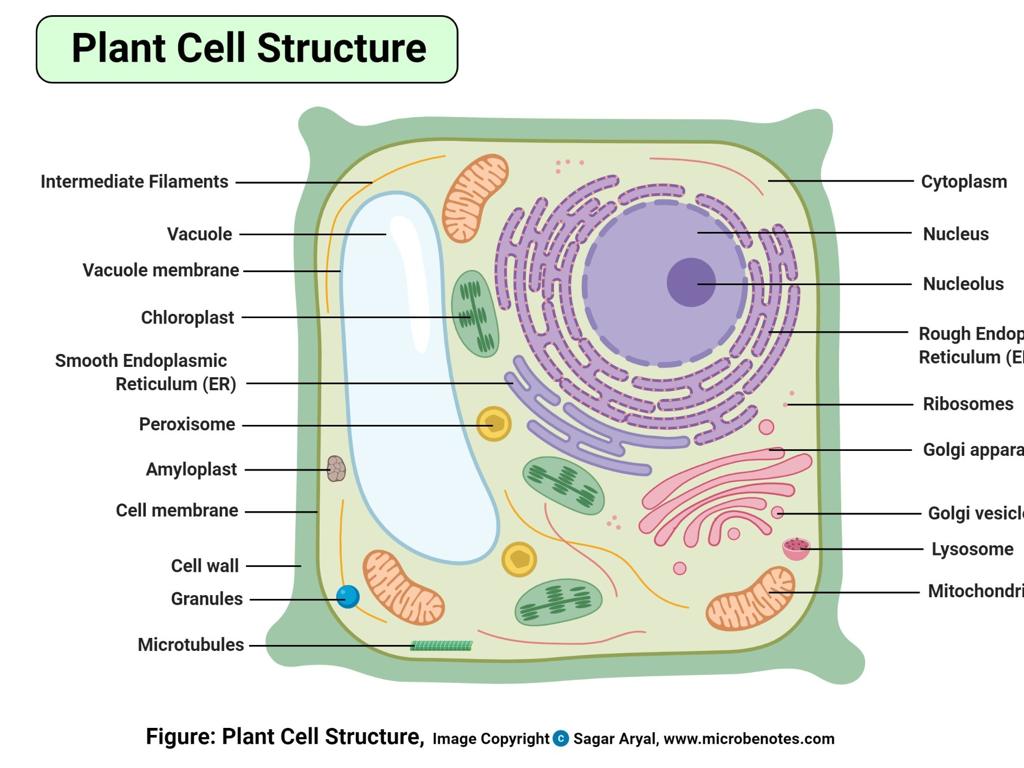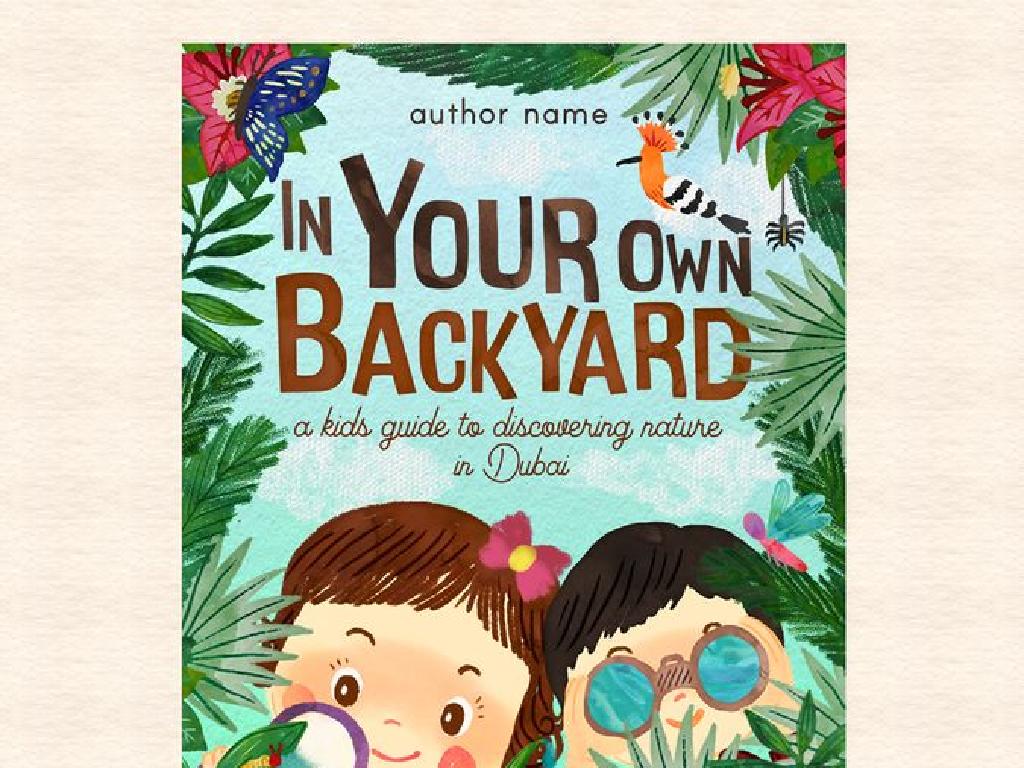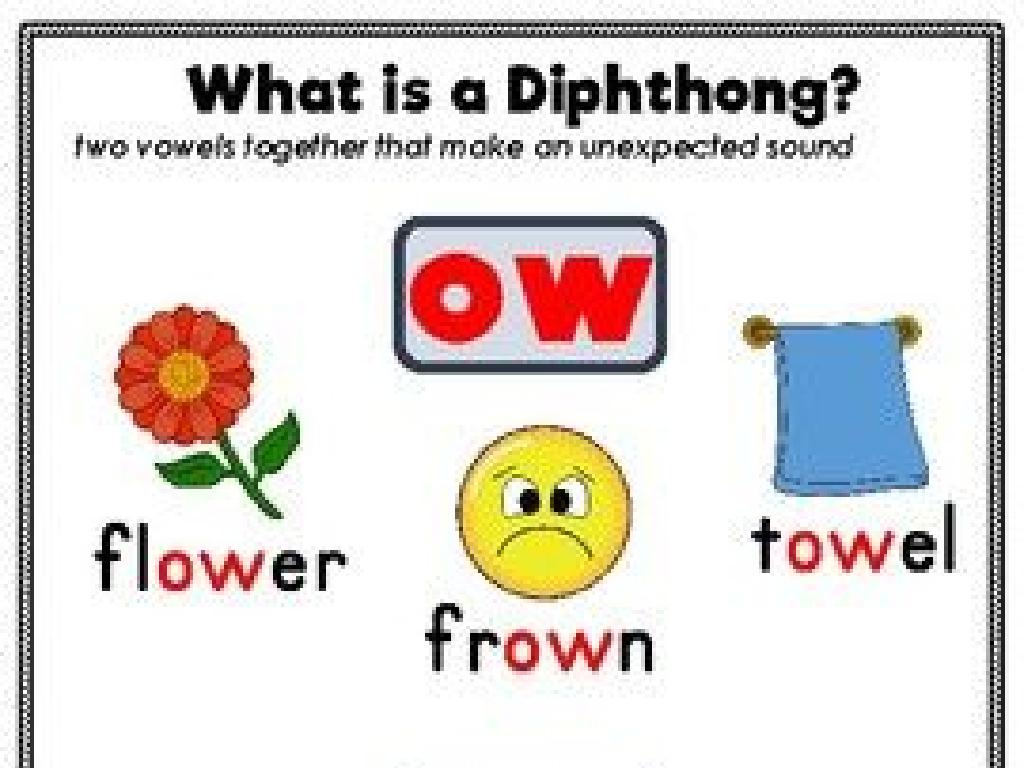Creativity In Biology
Subject: Science
Grade: High school
Topic: Biology
Please LOG IN to download the presentation. Access is available to registered users only.
View More Content
Fostering Creativity in Biology
– Creative thinking in biology
– Biology isn’t just memorization; it’s understanding concepts through innovative perspectives.
– Art meets science
– Explore how drawing and visualizing biological processes can enhance learning.
– Creativity’s role in discovery
– Many biological breakthroughs, like the structure of DNA, were due to creative insights.
– Encouraging innovative thinking
|
This slide introduces the concept of creativity within the study of biology, emphasizing that biology is not solely about rote memorization but also about understanding complex concepts through a creative lens. Highlight the importance of interdisciplinary approaches, such as how artistic skills can aid in visualizing and comprehending biological structures and processes. Discuss historical examples where creativity led to significant scientific discoveries, like the revelation of the DNA double helix by Watson and Crick, which was partly inspired by Rosalind Franklin’s X-ray diffraction images. Encourage students to think outside the box and consider how their unique creative skills could contribute to future scientific breakthroughs.
Case Studies: Innovative Discoveries in Biology
– Groundbreaking discoveries overview
– Penicillin, DNA structure, CRISPR technology
– Creative thinking in biology
– Thinking outside the box to solve complex biological issues
– Impact of discoveries on life understanding
– These discoveries have revolutionized medicine, genetics, and biotechnology
– Encouraging innovation in science
|
This slide aims to inspire students with examples of how creativity has led to major breakthroughs in biology. Begin with an overview of groundbreaking discoveries such as the accidental discovery of Penicillin by Alexander Fleming, the revelation of the DNA double helix by Watson and Crick, and the development of CRISPR gene-editing technology. Discuss how creative thinking and a willingness to explore the unknown can lead to solving complex biological problems. Highlight how these discoveries have fundamentally altered our understanding of life, leading to advancements in medicine, genetics, and biotechnology. Encourage students to think creatively and to consider how they might approach problems in innovative ways to contribute to the field of biology in the future.
Creativity in Genetic Engineering
– Exploring Genetic Engineering
– A technique to alter DNA sequences and modify gene function.
– CRISPR-Cas9: Gene Editing Breakthrough
– A precise tool for editing genes, revolutionizing scientific research.
– Potential of Genetic Engineering
– From medicine to agriculture, the applications are vast and promising.
– Ethical Considerations
– Balancing innovation with moral responsibilities is crucial.
|
This slide introduces the concept of genetic engineering, a field where creativity meets science to solve complex biological problems. Genetic engineering involves the deliberate modification of an organism’s genetic composition. CRISPR-Cas9 is highlighted as a groundbreaking technology that allows scientists to edit genes with unprecedented precision, leading to potential cures for genetic diseases and improvements in crop resilience. However, the potential of genetic engineering comes with ethical dilemmas, such as concerns over ‘designer babies’ and ecological impacts. It’s important to discuss the responsibility that comes with such powerful technology and the need for ethical guidelines to govern its use.
Biomimicry: Nature’s Innovations
– Learning from nature’s designs
– Nature as a model for innovation, e.g., lotus effect in materials
– Biomimicry in modern tech
– Velcro from burrs, sharkskin swimsuits for reduced drag
– Biological methods in engineering
– Using ecosystems to solve human problems, like waste management
– The biomimicry design process
– Steps: Identify problem, find natural analogues, abstract strategy
|
This slide introduces the concept of biomimicry, where nature’s designs inspire innovative solutions in technology and engineering. Students should understand that organisms have evolved efficient strategies to survive, which can be emulated in human designs. Examples like the lotus leaf’s water repellency leading to self-cleaning surfaces, or how burrs inspired the invention of Velcro, illustrate this point. The process involves identifying a problem, researching how nature deals with similar issues, and abstracting the biological strategy to apply it to the design challenge. Encourage students to think of problems that could benefit from biomimicry and to consider the ethical implications of this approach.
The Creative Process in Biology Research
– Generating new ideas in biology
– Biologists use observation, questioning, and research to innovate.
– Role of hypothesis in research
– A hypothesis is an educated guess forming the basis of an experiment.
– Experimentation in scientific discovery
– Through trials and data analysis, experimentation leads to breakthroughs.
– Collaborative and interdisciplinary work
– Combining knowledge from various fields enhances biological studies.
|
This slide aims to shed light on the creative aspect of biology as a science. Students should understand that biology isn’t just about memorizing facts; it’s a dynamic field where new ideas are constantly being generated through careful observation and questioning. The hypothesis is a critical step in the scientific method, guiding the direction of research. Experimentation is where the hands-on work happens, and it’s crucial for validating hypotheses. Lastly, biology often intersects with other disciplines, such as chemistry, physics, and computer science, leading to innovative solutions to complex biological problems. Encourage students to think creatively and consider how different scientific fields can contribute to our understanding of biology.
Class Activity: Design Your Own Organism
– Consider your organism’s habitat
– Determine adaptations for survival
– Think about defense, food, climate resilience
– Design and describe your organism
– Prepare a class presentation
– Explain how its features help it in its environment
|
This activity encourages students to apply their knowledge of biology creatively by designing an organism adapted to a specific environment. Students should consider factors such as climate, available resources, and potential threats when determining their organism’s habitat. They should then brainstorm adaptations that would help their organism survive, such as unique methods of gathering food, defending against predators, or coping with harsh weather conditions. Once they have designed their organism, students will prepare a short presentation to share with the class, explaining the biology behind their organism’s features and how they aid in its survival. This activity will help students understand the relationship between an organism’s traits and its environment, reinforcing concepts of adaptation and natural selection.






